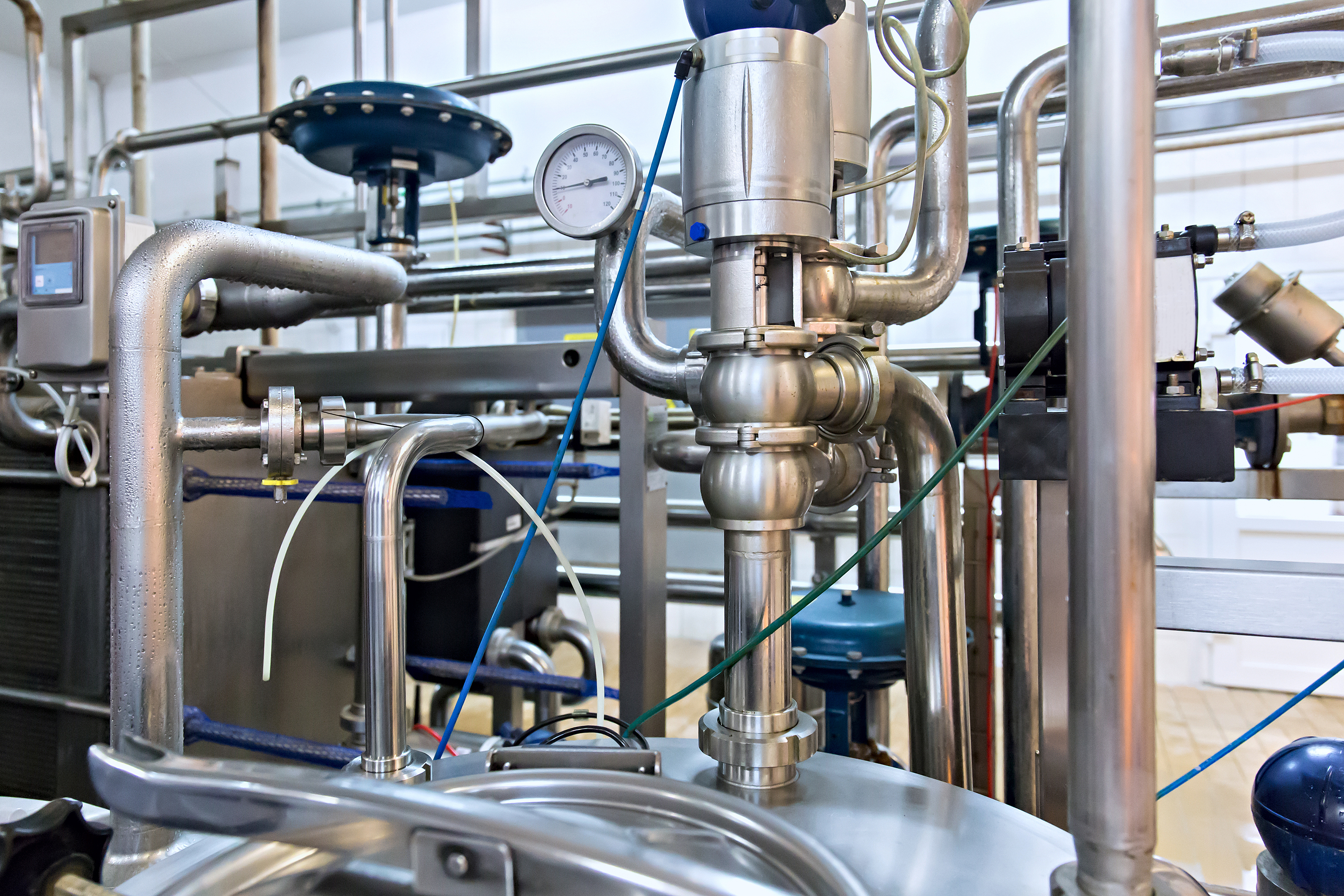News

Know Your Loop Before You Attempt to Tune Your Loop
PID (proportional, integral, derivative) control algorithms are probably the most commonly used process control strategies in the industry. PID controllers or code are used to optimize process control, providing the means to ensure product stability and company profitability. These functions exist in small but powerful standalone controllers and as part of the instruction set of most modern large-scale programmable controllers. The code within PID controllers is frequently used in tandem with other control functions to create both simple and complex control systems.
PID control has existed for decades and there are many tools available to help implement and tune systems. Thus, this is generally easy to deploy in most situations. Straightforward methods exist to bring most processes into some degree of control. Higher-order analysis and techniques are needed for more complex control loops, products, or systems. Other factors must be considered like upstream and downstream operations and energy consumption. Furthermore, safety and regulatory items must be examined as well as these control loops and associated equipment do not exist in a vacuum. Volumes have been written about detailed techniques for tuning loops so this article will cover only basics in preparation for a later piece on the tuning of atypical loops.
ECS leverages PID control in systems nearly every day. Many of the loops we tune are within systems that we’ve developed but other times we are called in to tune systems that were deployed by others. Sometimes higher order tuning is needed when a notable event occurs and a problem is obvious, but sometimes it is the result of a detailed analysis, of a product for example, and a realization that something small but significant may be awry. Depending on the process or product, a very small adjustment could have a huge financial impact.
It is imperative to be familiar with all parts of the controlled system before attempting any remediation. The three rules that I live by when performing this analysis are to know the system, then to know the system, and finally to know the system. We review both documentation and the physical process. Our primary focus is the area controlled by the PID system, but we also consider upstream and downstream operations as our loop may have a dramatic impact upon adjacent and even seemingly unrelated areas as well. It is critical that we know all the physical items involved in the control and that includes utilities, capacities, devices, connections, sizing and other physical properties, controller information, and peripheral items like filters which may have been applied in control and tuning.
We collect copious amounts of statistical information before any remediation is attempted. This helps to ensure a complete understanding of what is occurring today, and it provides a basis to compare eventual changes. Once actual testing starts, our first activity is to perform a bump test. This is another area where novels exist for fine details but, in summary, the bump test is used to establish exactly what kind of loop we are working with. Loops fall into three primary categories with the majority being Self-regulating loops. Next, we find Integrating process loops and occasional Runaway loops. Establishing the type of loop sets the stage for procedures and tools used for tuning.
The next entry in this series will detail some of the characteristics of each type of loop and real-world techniques used in tuning. We will illustrate what an atypical control loop is and how we approach them.
Posted In: Beverage Industry, Case Studies
